Pompeii Photos: Archaeologists Find Skeletal Remains of Victims of Vesuvius Eruption
Pompeii excavations

Archaeologists excavating an area on the outskirts of Pompeii have made some intriguing discoveries over the last few weeks. Among the finds: the bodies of people taking shelter from the deadly A.D. 79 Mount Vesuvius eruption, on the west coast of Italy. [Read the full story on the Vesuvius victims]
Bodies in the shop
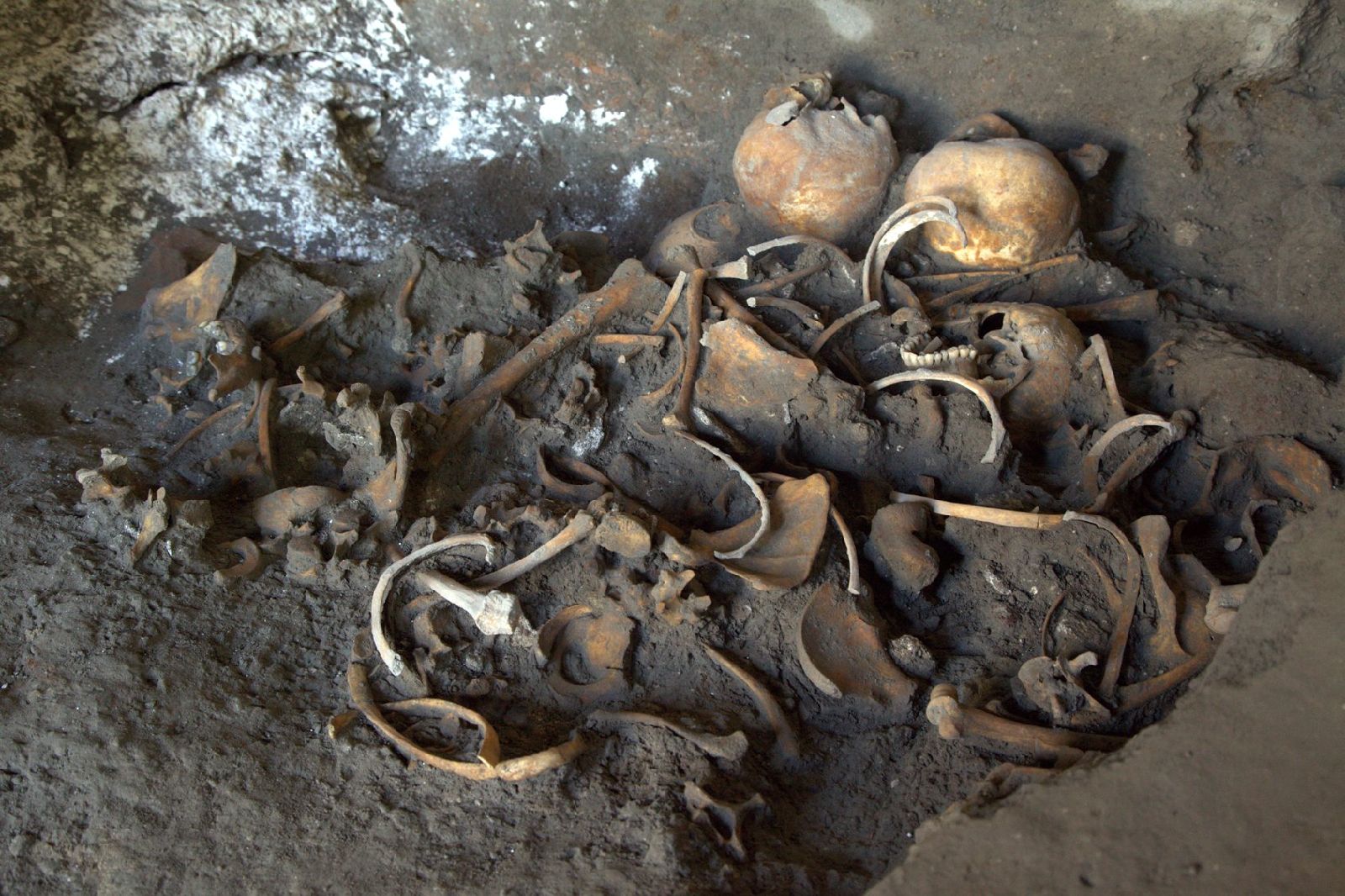
The remains of four people were discovered in the backroom of an ancient bronze workshop near the Herculaneum Gate. One of the eight gates that lined the walls of Pompeii, the Herculaneum Gate led into the city of Pompeii.
Gold among the skeletons
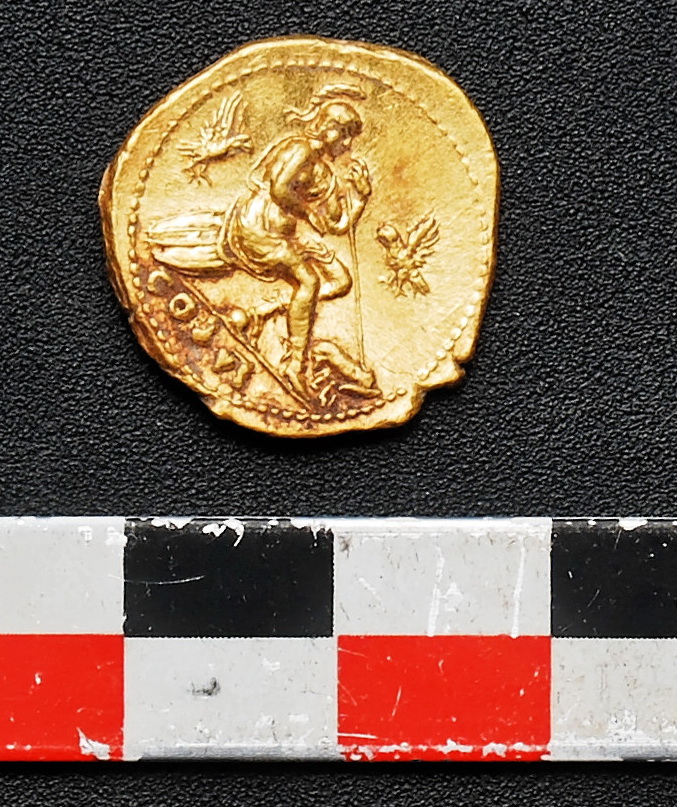
Three gold coins (one shown here) were discovered among the bodies found in the ancient bronze workshop. The coins and some jewelry seem to have eluded the looters who disturbed the skeletons, the archaeologists excavating the site said.
Preliminary investigations

The skeletons are believed to have belonged to young people, including a teenage girl.
Second shop
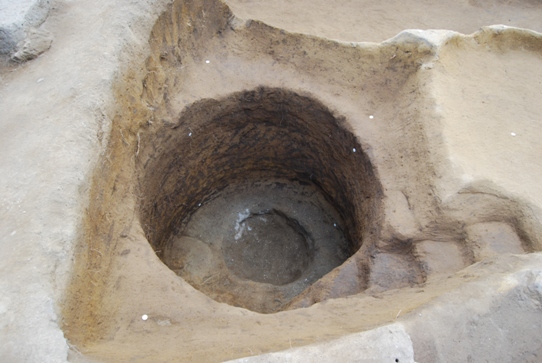
This circular well, with a spiral staircase, was found at the center of another shop, whose function is unknown, during the excavations near Pompeii.
Pre-Roman tomb
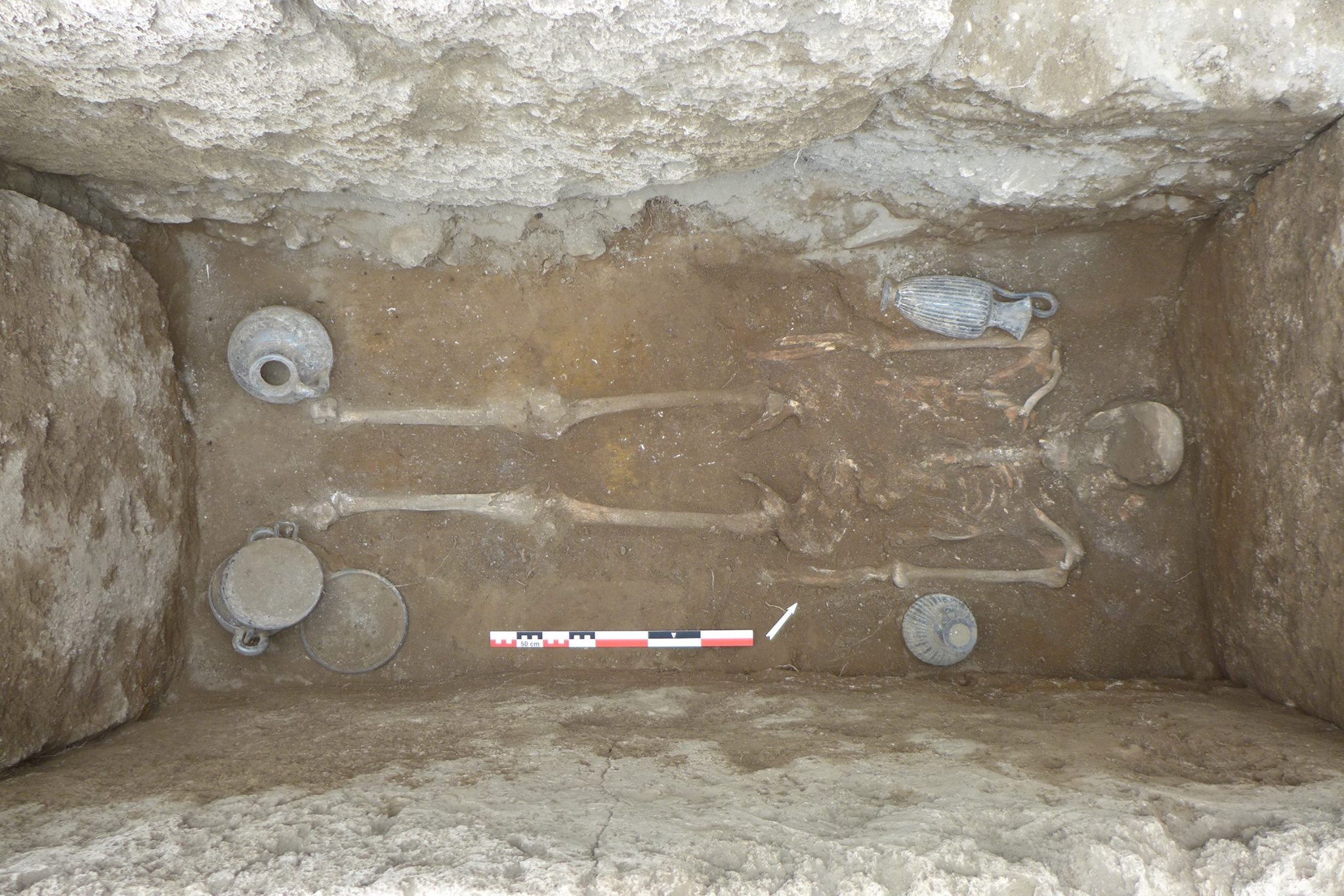
An intact grave from the 4th century B.C. was also discovered at the site.
Sculptures of death

The discovery of this ancient workshop and the remains of four individuals adds to the hundreds of other bodies, or body imprints, excavated in Pompeii. Many of those victims likely died from heat shock when the pyroclastic flow from Mount Vesuvius sent sizzling hot air through the city. The ash from the eruption rained down on the Roman city and essentially froze it in time.
Get the world’s most fascinating discoveries delivered straight to your inbox.
Death in Pompeii
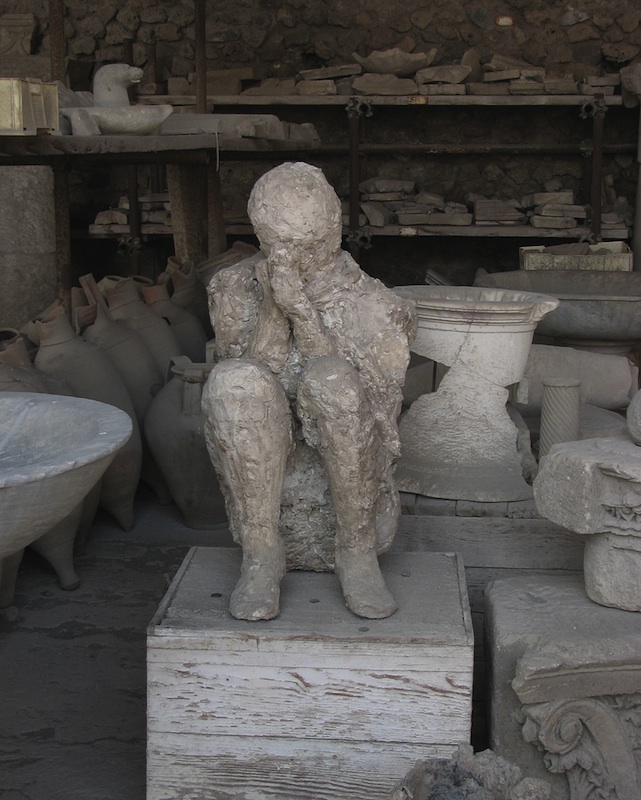
Researchers have even poured plaster into the voids left by decomposed human bodies in the hardened ash from the A.D. 79 eruption. The resulting sculptures reveal gruesome death poses.



